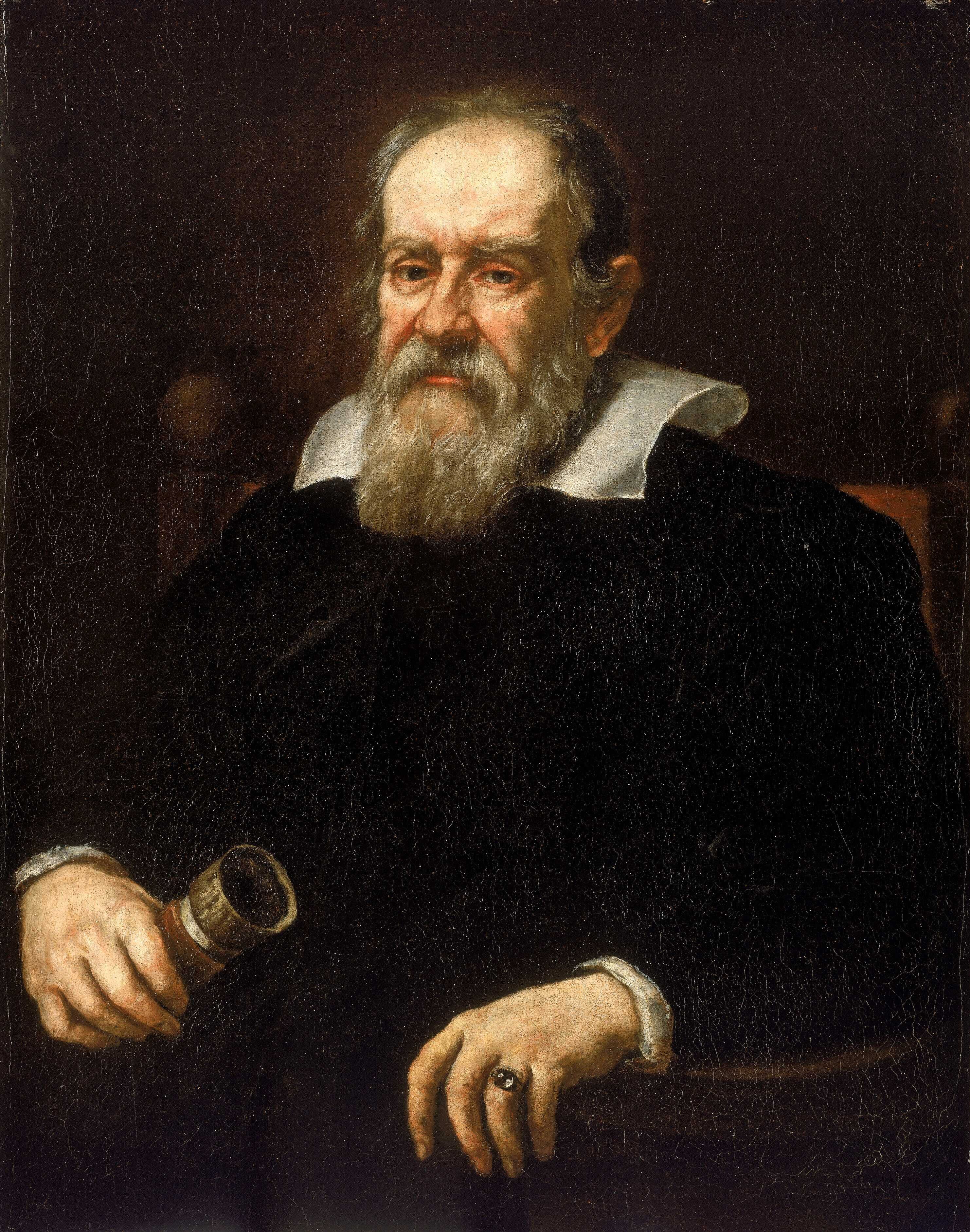
In our “modern world” in the 21st Century, we’re still in the relatively early days of scientific thinking. Not all that long ago, the precursors of science were at the forefront of most people’s thinking. Astrology instead of astronomy. Alchemy instead of chemistry. Magic instead of physics. And, to be fair, amazingly, lots of people still think in those terms.
Scientists believe that empiricism, understanding reality through repeated observations and experiments held to scientific reason, offers the best way to understand the universe. That realization was a long time coming. But it all crystallized quickly, more than 400 years ago. There was a day, in fact, when the scientific revolution began in earnest — a day when the universe changed.
Galileo Galilei was an Italian mathematician born in 1564 in Pisa. Often summarized as the father of modern science, Galileo earns that title largely through his activities during the autumn of 1609, when the universe, for Galileo, came alive.
Certainly a polymath, a brilliant thinker who operated on a high intellectual level, Galileo had innovative thoughts about nearly everything he contemplated. He was an academic, and in some ways experienced the career of a typical academic of the period. By 1589 he was appointed chair of mathematics in Pisa. Three years later, however, he moved to the University of Padua, teaching mechanics, geometry, and astronomy. He continued in this effort until 1610.
Despite his brilliance and insight, Galileo in some ways was a typical academic of the time, and suffered in some ways professors of more recent times could relate to. One was that he felt underpaid, and so was always on the lookout for additional income. He frequently tutored students and took in some to live with his family as they learned early 17th-Century science.
Like other scientific giants, for example Newton and Einstein, Galileo’s mind never stopped thinking and innovating over a wide range of fields. One thing he often contemplated was optics. He envisioned lenses that could magnify objects at great distances and could be practical aids in many ways. He mentally envisioned the first refracting telescopes without ever doing anything about them. You know — he was a busy guy.
The summer of 1609
Galileo’s thoughts on optics, however, led to world-changing events in the summer of 1609. Dutch opticians produced simple lenses that could easily magnify distant objects, and much to his horror, Galileo discovered these devices were for sale as novelties. He heard this thunderous news while he was traveling, in Venice, and was shocked to reliably receive the news that such devices were being peddled in shops and on the street in Paris. (The invention of the first simple telescope is traditionally credited to German-Dutch lens maker Hans Lipperhey in 1608.)
Galileo had fancied creating his own small telescopes, and thought he could make considerable income from it. Shocked by the news of available small telescopes, he hurried home to Padua. In a remarkable series of events, he spent essentially one weekend in his workshops and independently invented his own telescope, simply from what he had heard and imagined himself. There was no time to lose, and Galileo rose to the occasion.
Galileo’s first instrument had a magnification of 3x, a plano-convex objective lens of 37mm (1.5 inches) in diameter, and a focal length of 980mm. He lost no time in popularizing the product. His goal was to impress the powerful and wealthy Doge of Venice, Leonardo Donato. On August 25, 1609, Galileo accompanied the Doge with a group of officials to the top of the Campanile in Venice. The telescope he brought for the Doge had a magnification of about 8x, and was an instant hit. Peering out into the waters surrounding Venice, the Doge and his officials instantly recognized the military value of such a device, as they could see approaching ships with great clarity. Galileo was in business. The invention would make him wealthy and a star in the constellation of Venice.
For science, however, a more important day came a bit later. It happened one night when he climbed to the top of his house back in Padua, on November 30, 1609. Using one of his early telescopes to peer at the nearby spires of the Basilica of Saint Anthony of Padua, Galileo slowly moved his telescope’s aim over to a nearby object, the Moon. In doing so, he made one of the first telescopic astronomical observations in history. (Much has been written about Englishman Thomas Harriot telescopically sketching the Moon a few months earlier.)
Galileo’s observation wasn’t the very first. But he used it as furious ammunition. Over the coming weeks he observed numerous objects in the sky. He saw the small moons orbiting the planet Jupiter, like a miniature solar system. He observed that the Milky Way was composed of innumerable stars. He recorded the crescent phases of Venus. He sketched the pockmarked, imperfect face of the Moon. For Galileo, the nature of the cosmos was opening up wide. He wrote about many of his observations in the classic work Sidereus Nuncius (“Starry Messenger”), published in 1610, the first scientific work based on telescopic observations.
Most scientists believe that Galileo’s telescopic work fueled the dawn of the modern era of science. Observations, experiments, and analysis would reign supreme. You might say that November 30, 1609, was the day the universe changed. And we are still in the early days of that very revolution.
David J. Eicher is Editor of Astronomy Magazine and the author of 26 books on history and science.









